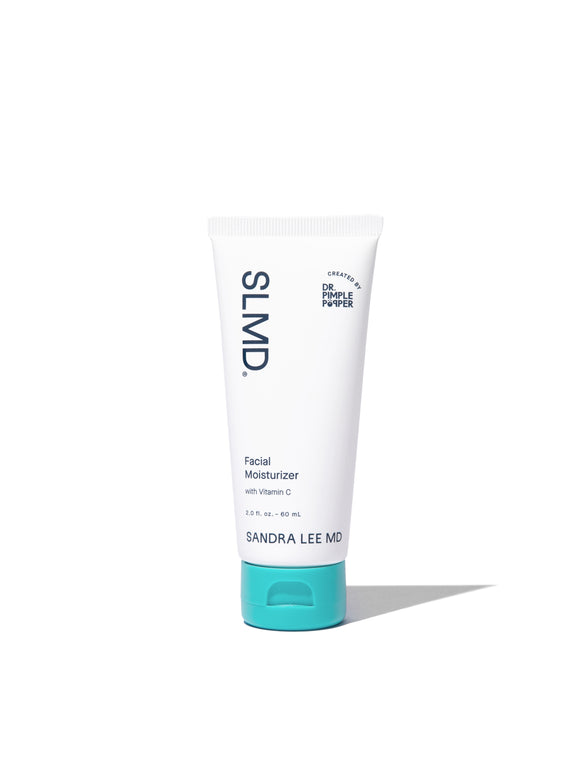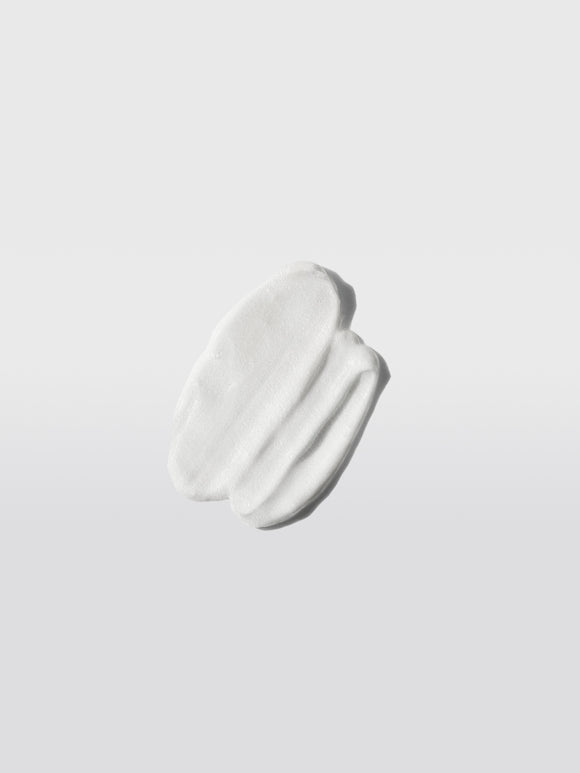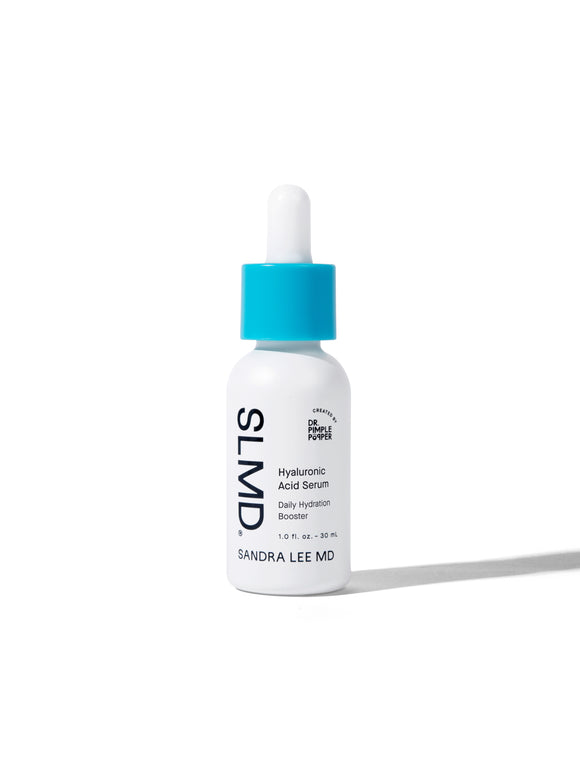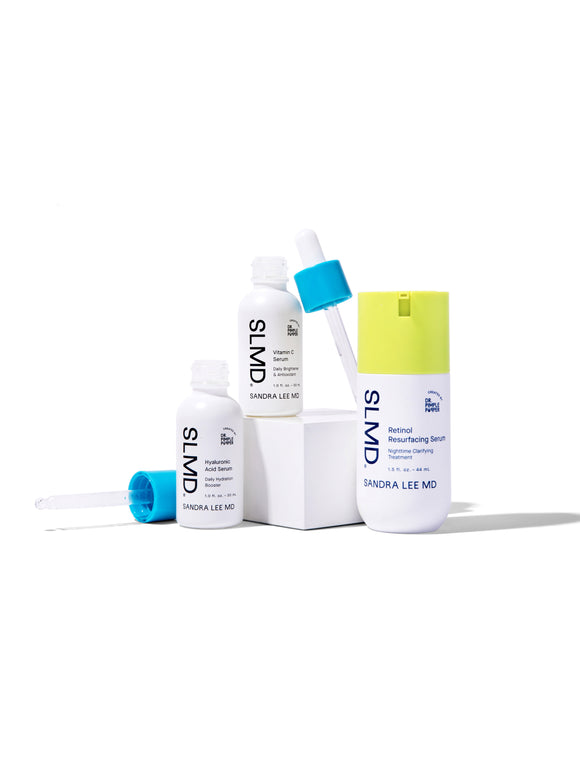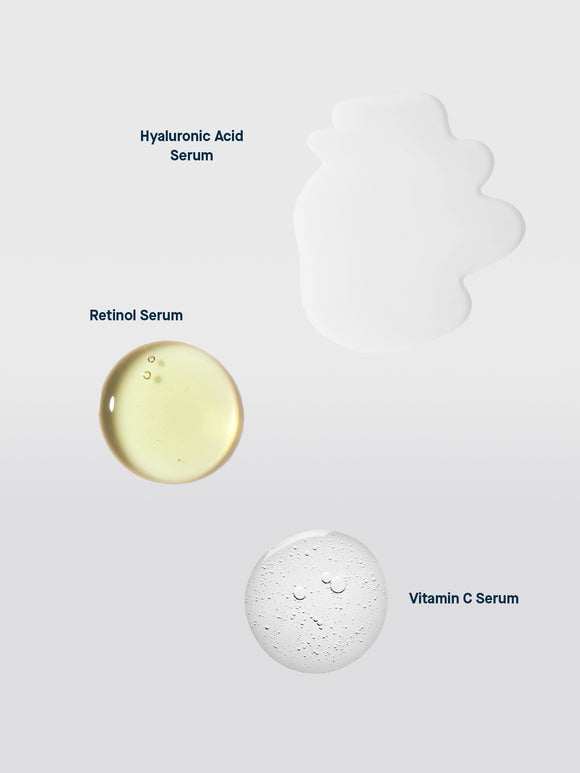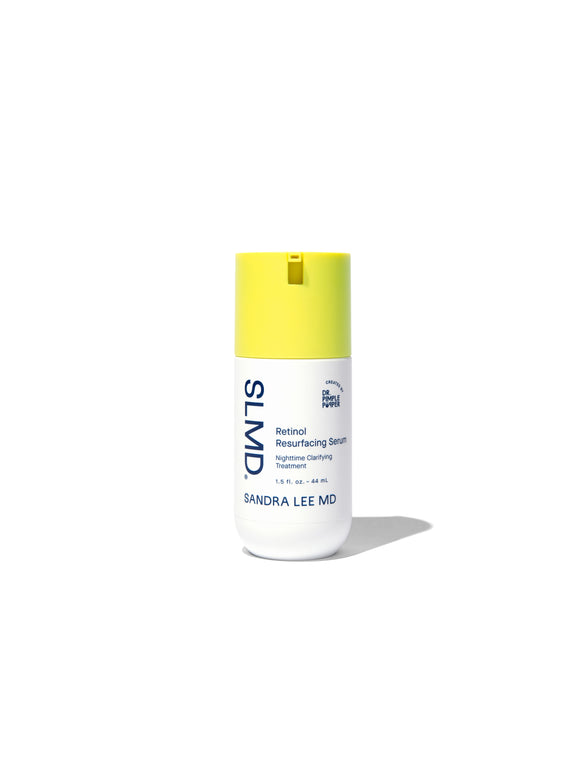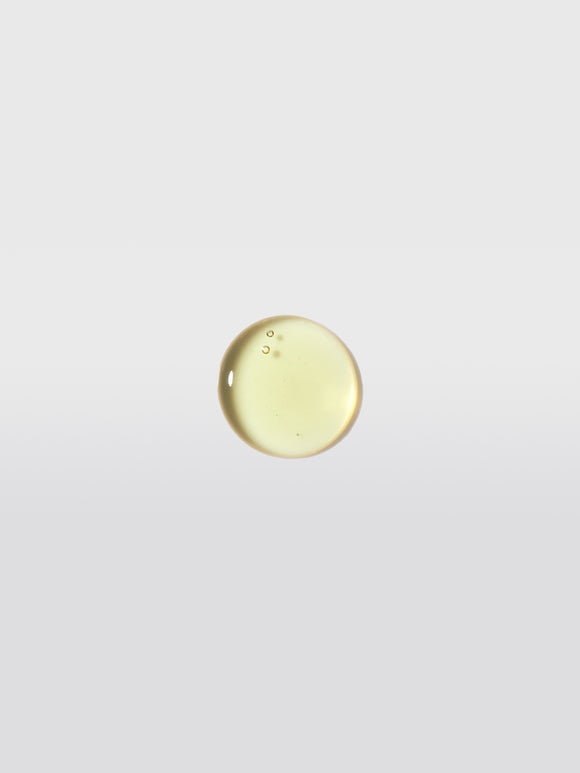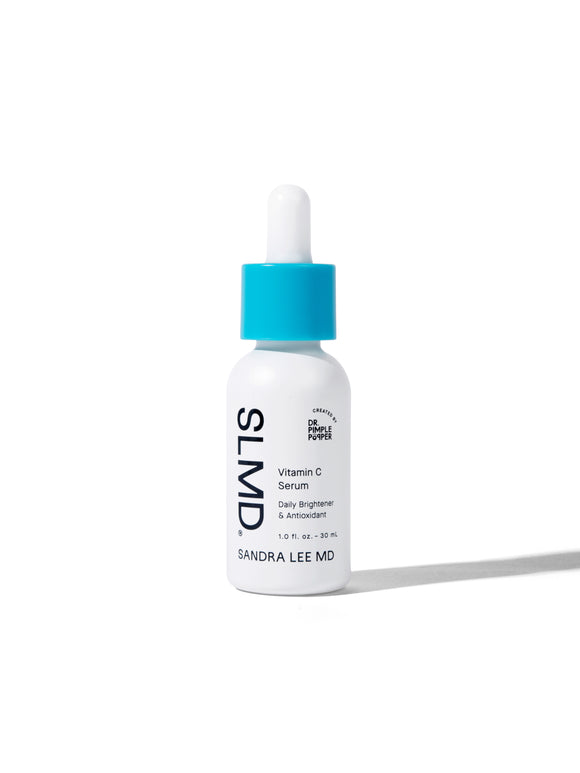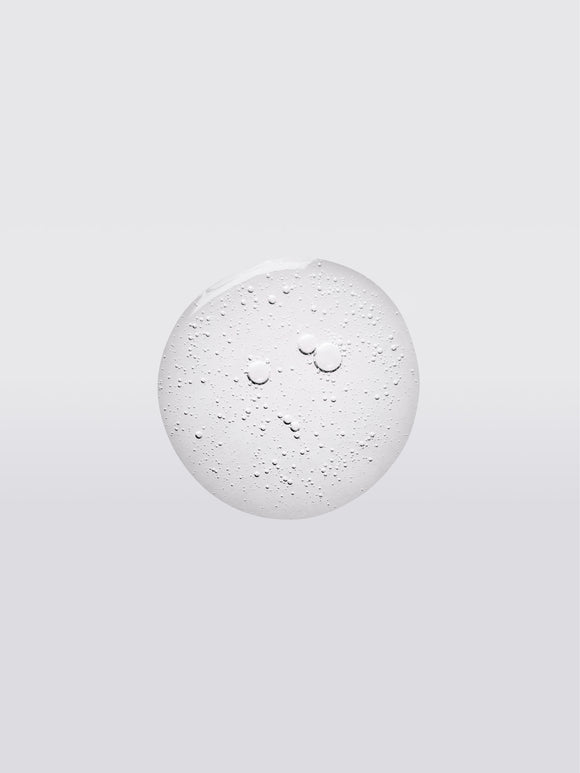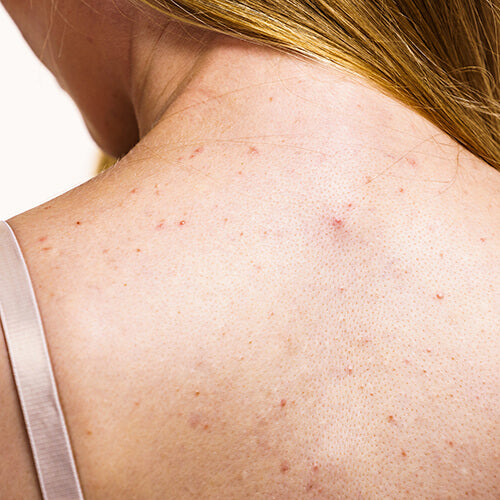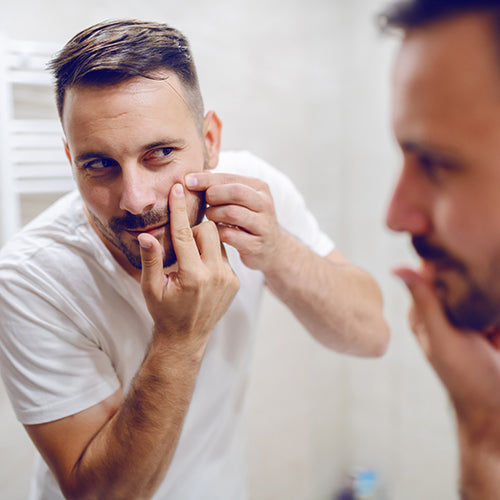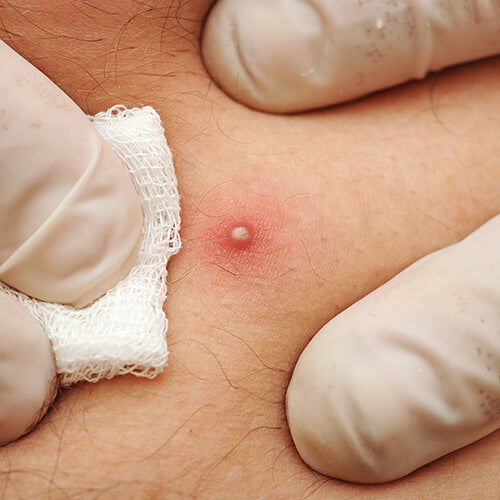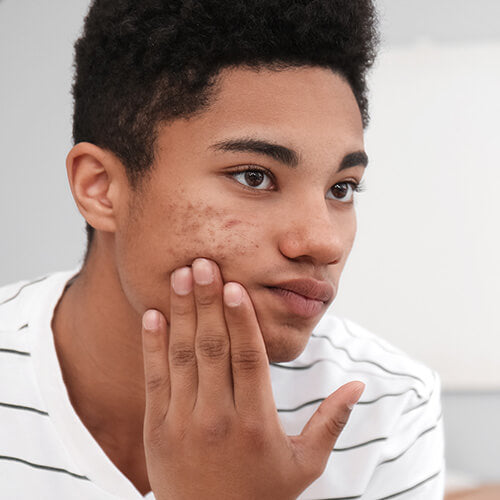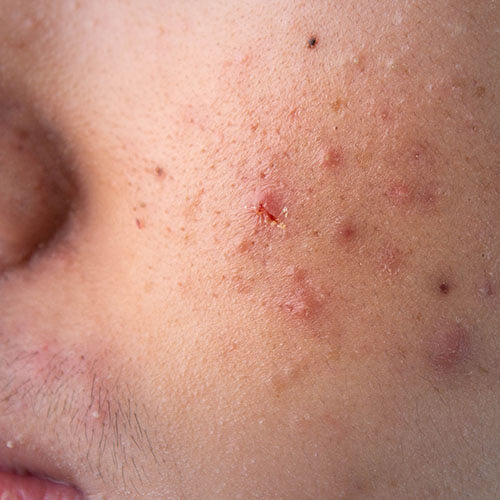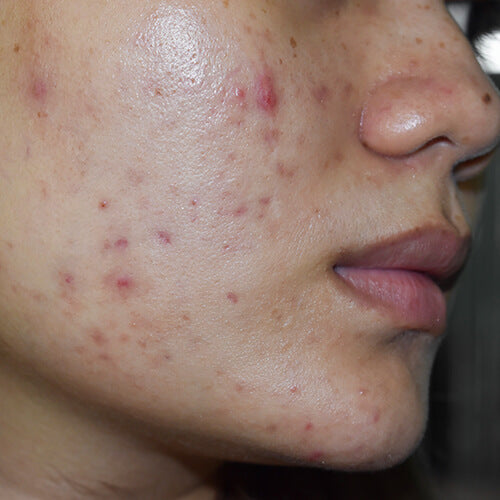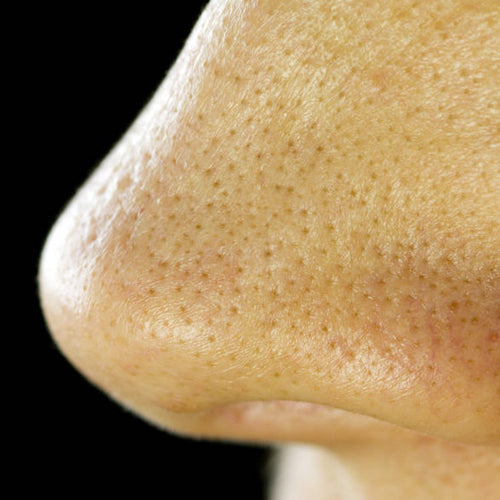
5 Signs Your Skin Is Healthy
What exactly does "healthy skin" mean? It’s not about having "perfect" skin — it's about optimal function. The way our skin looks (and feels!) provides clues as to whether or not everything is running smoothly. Here, we break down the 5 signs your skin is healthy — and offer up some tips on how to keep it that way.
Published:
4 minute read
We talk a lot about the importance of having healthy skin — but what exactly does that mean? In our filtered, selfie-centered culture, it’s easy to equate health with youth, or even perfection.
But the truth is, healthy skin isn’t about those things: it’s about optimal function — and the way our skin looks (and feels!) provides clues as to whether or not everything is running smoothly. Here, we break down the 5 signs your skin is healthy — and offer up some tips on how to keep it that way.
#1 Color
This one’s not about your overall skin tone — it’s about variations in your complexion. Typically, skin has a uniform color throughout, which is determined by your genetics. Skin can turn pink, red, darker or lighter depending on circumstances and conditions. Sometimes this is just a temporary, harmless change — like blushing, for example — while other times, it can be an indication that something’s off.
There are three main types of skin color changes, including:
- Blotchiness: possibly an inflammatory condition, environmental damage, product use/overuse, infection
- Hyperpigmentation: excess melanin pigment resulting from UV damage or other trauma
- Hypopigmentation: absence of color caused by inflammatory condition, infection, or UV damage
The best strategy for skin discoloration is prevention, whenever possible. Sunscreen, like SLMD Dual Defender SPF 30, guards against damaging UV rays, while Dark Spot Fix helps minimize the look of existing hyperpigmentation.
#2 Texture
Skin that looks and feels uniformly consistent — i.e., smooth — is a healthy sign. While some variations are common, especially seasonally (skin is typically a bit drier in winter, for example), chronic or recurring areas of textural irregularity shouldn’t be ignored. Texture issues worth looking into include:
- Rough patches: extremely dry, scaly, or thickened areas could indicate an inflammatory condition like eczema or psoriasis, actinic keratosis, or an infection
- Bumps: depending on the size and color, this could range from acne or ingrown hairs, to infection, contact dermatitis, or inflammatory condition
It’s worth noting that by smooth, we don’t mean wrinkle free. Wrinkling is a natural consequence of aging, though it can reflect overall skin health — that’s the difference between intrinsic and extrinsic aging.
To help prevent and minimize those fine lines, retinol is a clinically proven choice. Try SLMD Retinol Resurfacing Serum.
#3 Balance
This is one of those beauty buzzwords that’s better phrased as a question: does your skin feel right, or does it feel a little "off"? We take it for granted, but our skin is an incredibly complex organ that’s tasked with keeping the "bad" stuff out, and the "good" stuff in. The tiniest disruption can have a ripple effect on these intricate processes.
There are two very noticeable indications that our skin is balanced:
- Hydration: skin that lacks water can look/feel dull, flaky, temperamental, and may be oily and dry at the same time
- Moisture: skin that’s deficient in natural moisturizing factor (NMF) can look/feel dull, tight, itchy
It’s important to remember that everyone’s skin is different: genetic variations in sebum production (largely responsible for natural moisture levels) means that complexions can be classified as normal, dry, oily, or combination, and still be considered healthy. Paying close attention to your skin will help you determine whether it’s in balance or not.
One of the easiest ways to keep skin balanced is to use a non-comedogenic moisturizer. Even if your skin is oily, supporting your natural moisturizing factor with a product like SLMD Facial Moisturizer can help keep it looking more youthful, longer. For more intense hydration, try Hyaluronic Acid Serum.
#4 Resilience
This one has to do with how well our skin bounces back: both literally and figuratively. Healthy skin has a spring to it — returning to position very quickly after the “pinch test.” This does decrease as we age, but in a fairly predictable way. Skin that’s functioning optimally is also good at warding off infections, or healing thoroughly after trauma.
Important determiners of our skin’s resilience are:
- Collagen and elastin: dermal proteins responsible for providing skin’s structure and elasticity
- Skin barrier: the complex interplay between skin cells and the outside environment
Remember that our skin regenerates overnight, so getting adequate sleep is incredibly important for boosting its resilience.
One of the most effective and clinically-proven ingredients to boost skin's collagen and elastin production is vitamin C. This potent antioxidant, the key ingredient in SLMD Vitamin C Serum, also helps protect skin from free radical damage.
#5 Comfort
We don’t take much notice when our skin feels comfortable — it’s when we’re uncomfortable that we really pay attention. This is because sensations of discomfort are our body’s most pressing way of letting us know that something is wrong. These feelings can be acute (sudden and temporary) or chronic (recurring).
Typical signs of skin discomfort include:
- Burning
- Stinging
- Itching
- Oozing
- Bleeding
These warning signs can be related to environmental factors (like sunburn or poison ivy), infection, pests or parasites, or a skincare product reaction. To calm irritated skin, dermatologists often recommend hydrocortisone, which can subdue inflammation, though it shouldn't be used for extended periods.
Depending on the cause, healthy skin should heal in about a week to 10 days. If your condition persists or returns, ask your dermatologist.

Dr. Lee's Last Word
Promoting skin health is my passion: it’s the reason I became a dermatologist, and it’s the mission behind my SLMD Skincare line. Keeping our skin functioning properly not only gives us that natural glow — it has a ripple effect on so many aspects of our overall health and wellbeing.



